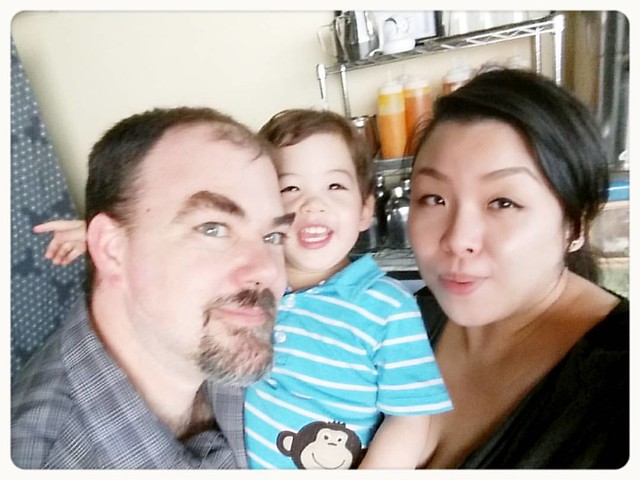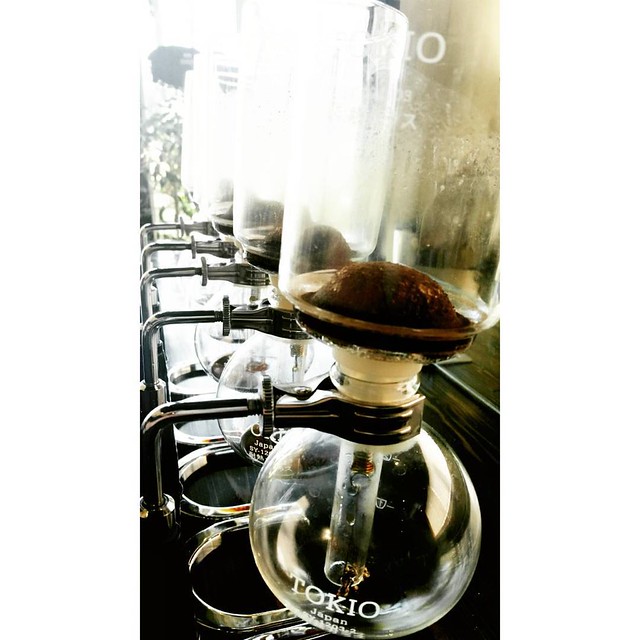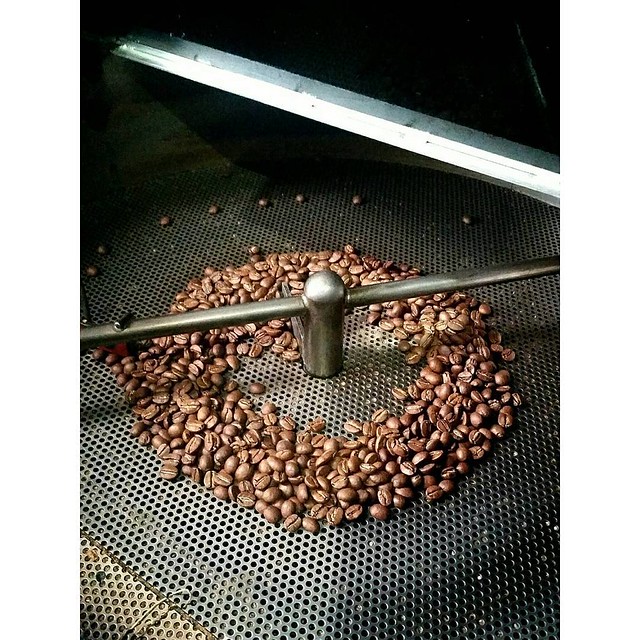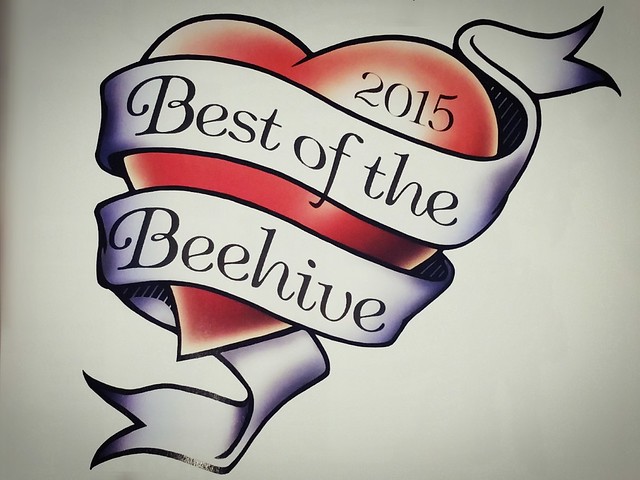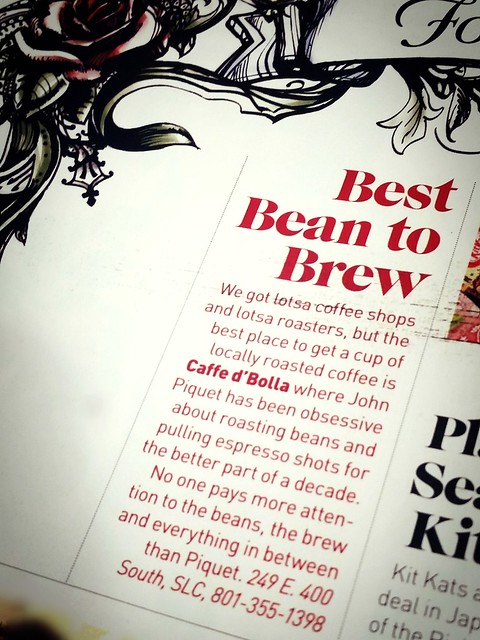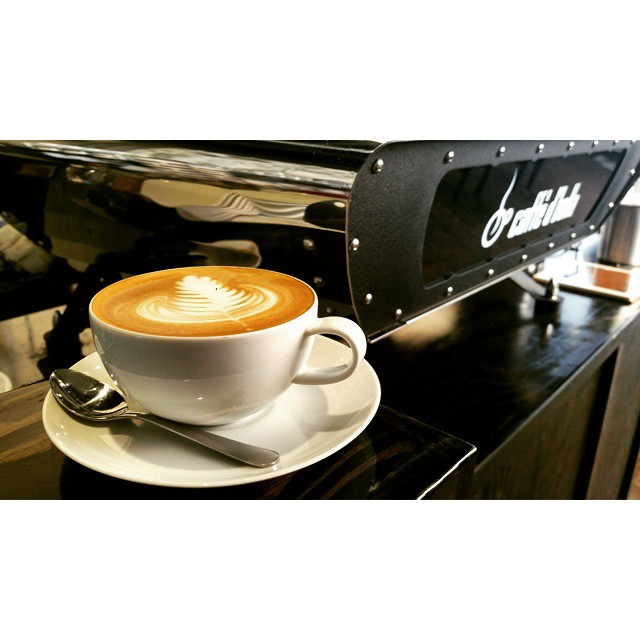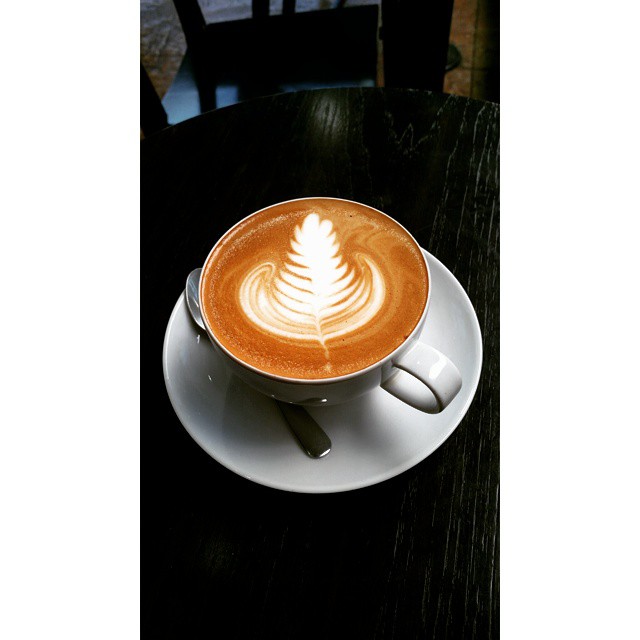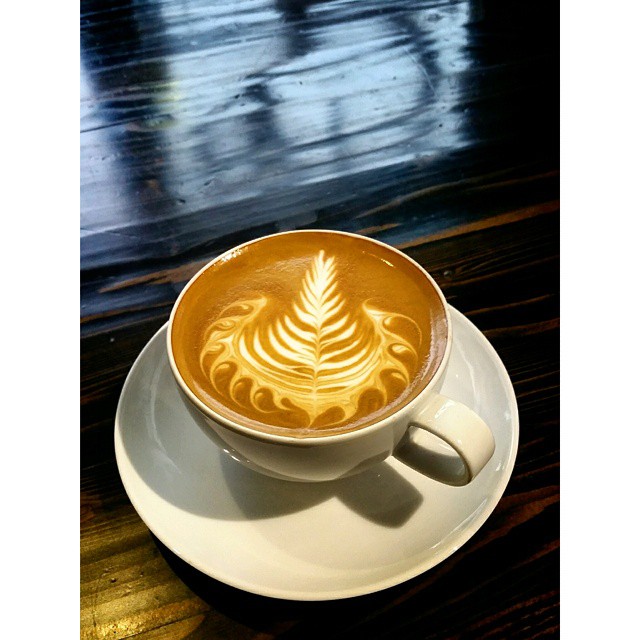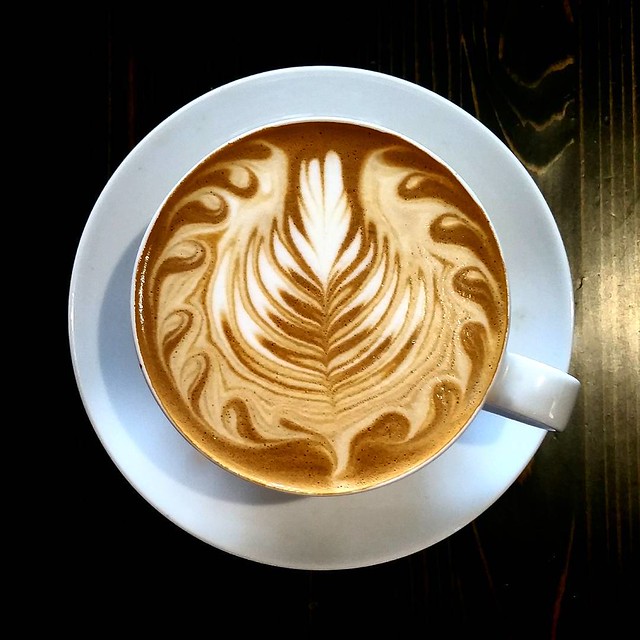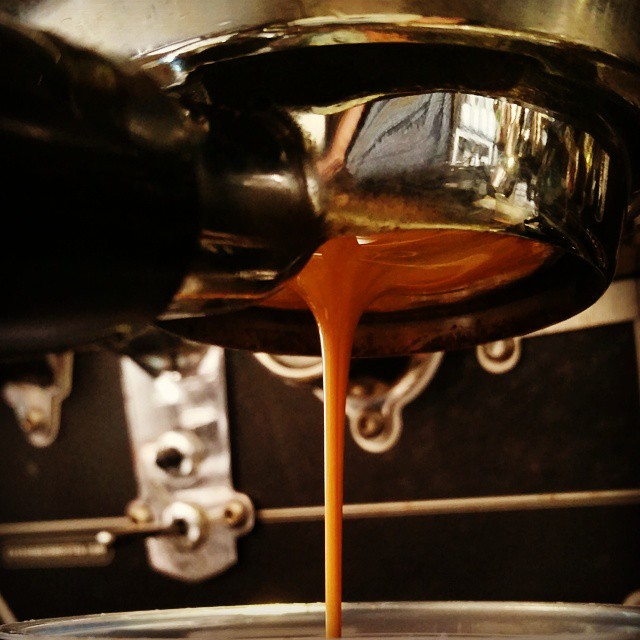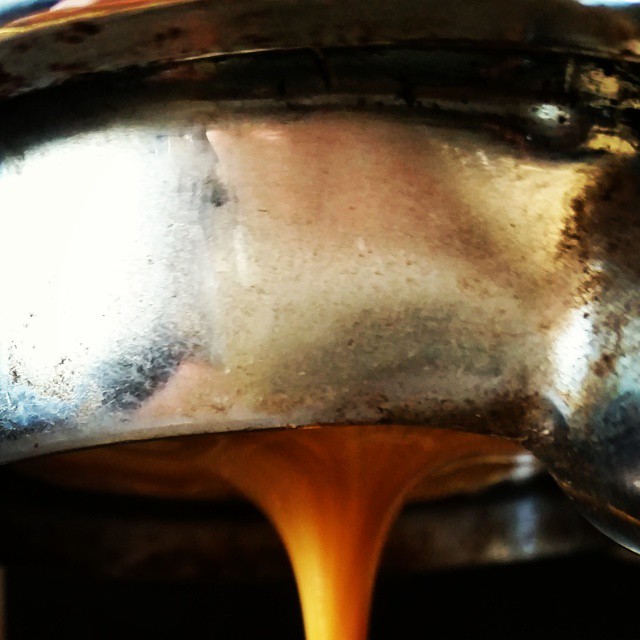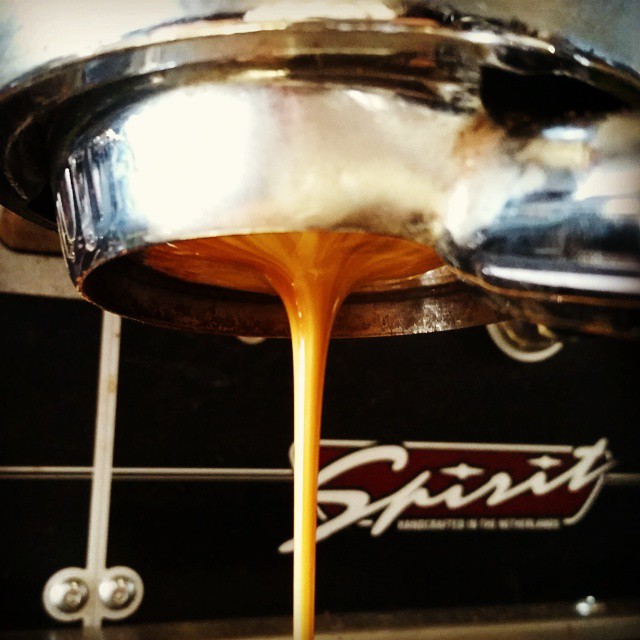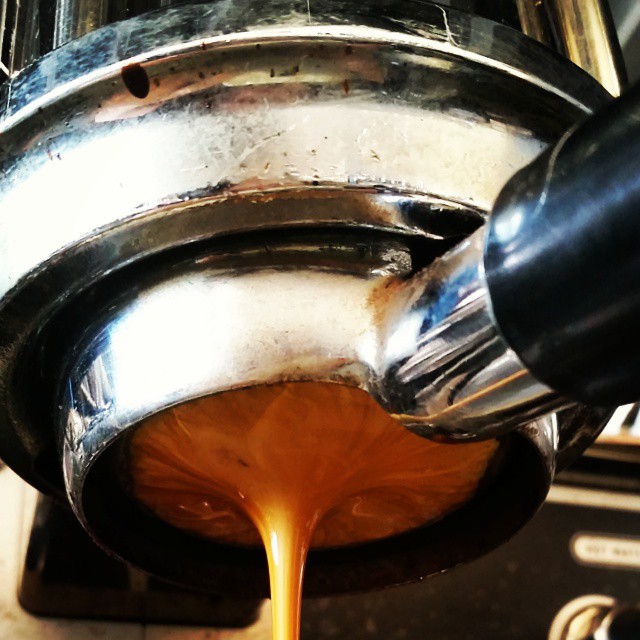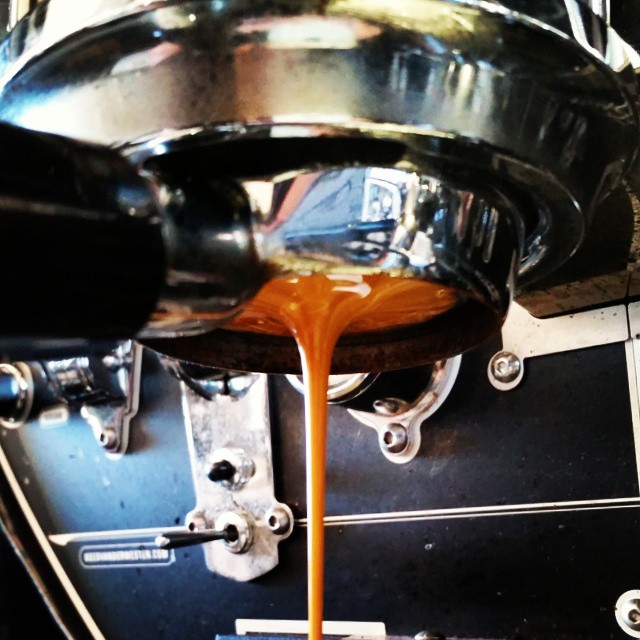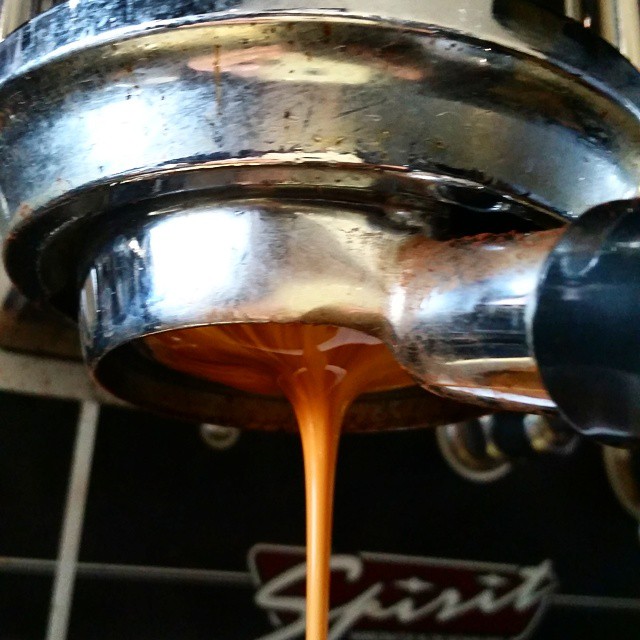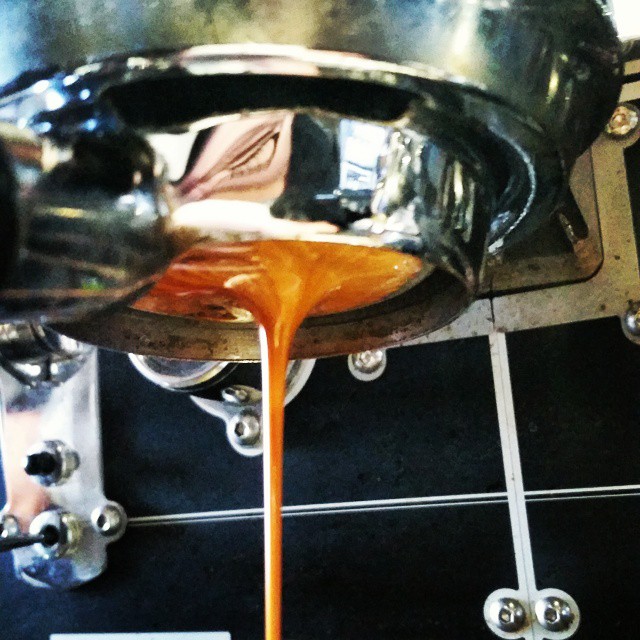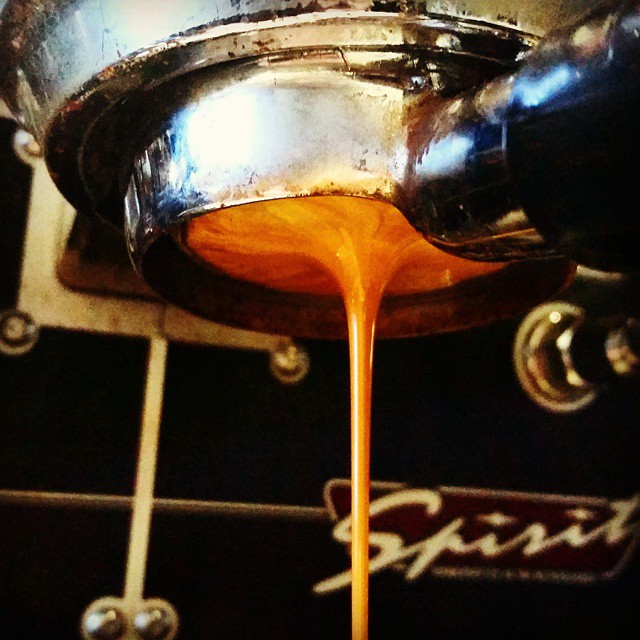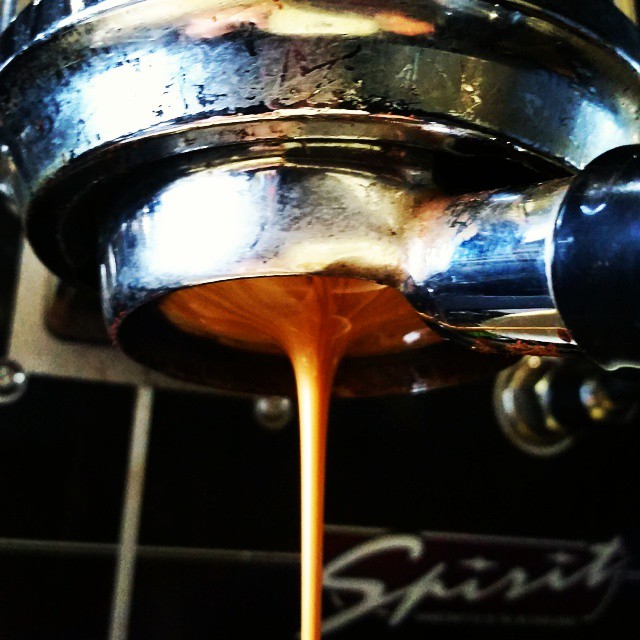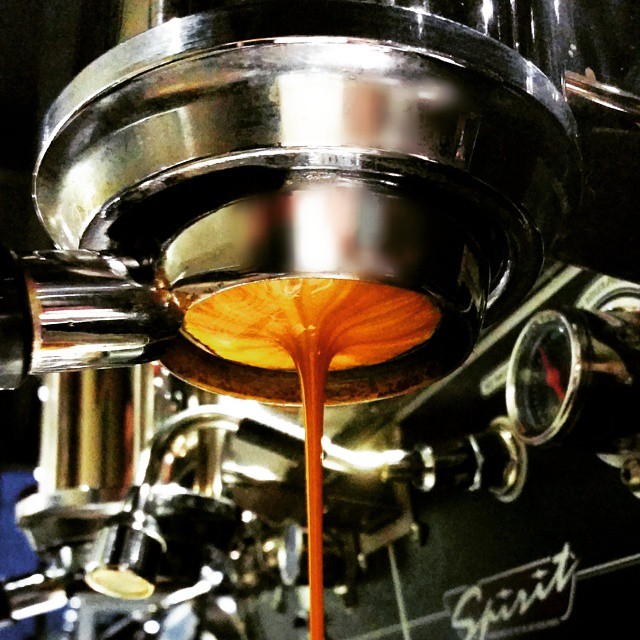John says...
Roasting as a professional is a
craft I do my best to approach in a thoughtful manner. There are too few
coffee roasters who approach from the perspective of:
skill+knowledge+time = craft development. Most roasters seem to approach
from the perspective of : green coffee+heat+time = brown coffee. brown
coffee = "I am a roaster!" This distorted perception is not a reality,
and is one of the most deceptive practices perpetuated throughout our
industry.
I've been roasting for ten
years now, and although we are a small roaster, we roast 40 or more
different espresso every year, all consisting of usually 2-3 coffees,
and we never repeat a blend. This is in conjunction with roasting
about 50-60 strictly SO coffees throughout the year for whole bean
and siphon coffee at our shop.
Many customers have said there is something
unique to our espresso that they don't experience anywhere else, and I
think that's true for every roaster who has found their voice and
wants to communicate something to their customers. Espresso has a
language of its own, it speaks to your senses and it speaks to your
heart, but it has to start somewhere.
What coffees? What percentages? What
profiles?
Those are all good questions.
The higher quality your green, the
greater ability you have to construct a great espresso blend from a
few components. I personally like blends more than SO espresso for
two reasons, 1) not every coffee works as an espresso and 2) you will
run out of said coffee too fast. As I mentioned before, I prefer
using two or three component coffees for our espresso, more coffees
than that and they start to get lost in the mix.
We
do not use filler or commodity coffees for our
espresso. All coffee we roast is above Specialty Grade, so as components
they
each have a wealth of complexity to draw on. I start with two
different premises, one is a base component with highlights or accent
notes from one or two other coffees. And the other is from a synergestic
perspective of the component beans coming together to create a flavor
(or flavors) greater than those of the individual beans.
Having a base coffee does not
necessarily mean that will be the highest percentage in a blend, but it does
mean that particular coffee will have the most dominant flavor. The
greater familiarity you have with each coffee and how their
flavors manifest in the espresso extraction process, the greater
chance you have of creating a wonderful espresso blend.
This
is how I would advise a new
roaster to begin the active process of creating a great espresso blend:
Start
with five, ten, or twenty coffees. Roast, brew as coffee, and taste.
Take notes. Now
brew each coffee as an espresso and compare the differences in
specific flavors to those from your coffee notes, paying close attention
to which flavors have intensified from the espresso extraction method.
This way you can understand how the
extraction process changes, highlights, and reveals those unique
characteristics. This is a starting point. Repeat the process
for those same coffees with a different profile. Do this again and
again and again until you have a feel for how each new coffee will
act as an espresso.
Always roast components separately.
You will want to understand the
tendencies of different bean densities and how they work together.
What about SHB, maybe soft beans or Pacamara or Margogype, or
peaberry? How does an Ethiopian peaberry roast compared to a Central
American peaberry, and how do each work as a component of espresso?
Continue building your knowledge base, know what profiles work best
with what coffees, know how profiles should change for a Central
American paired with a Brazilian vs one paired with a dry-processed
Ethiopian.
Begin blending those coffees. If you
started with twenty coffees, that will give you 380 two bean blend
permutations and 6,840 three bean blend combinations. And quite a bit
more once you factor in the varying percentage possibilities. That's
a lot of tasting!
Do this for the next twenty coffees,
and so on and so forth. Again. And again. And. Again.
After
thousands of tastings, notes, profiles, and blend possibilities you will
have a firm grasp of the basics. Now, with a solid foundation, you are
ready to begin.
With each new roast, I seek to learn something new, and develop my craft. I hope you will do the same.
Happy roasting!





